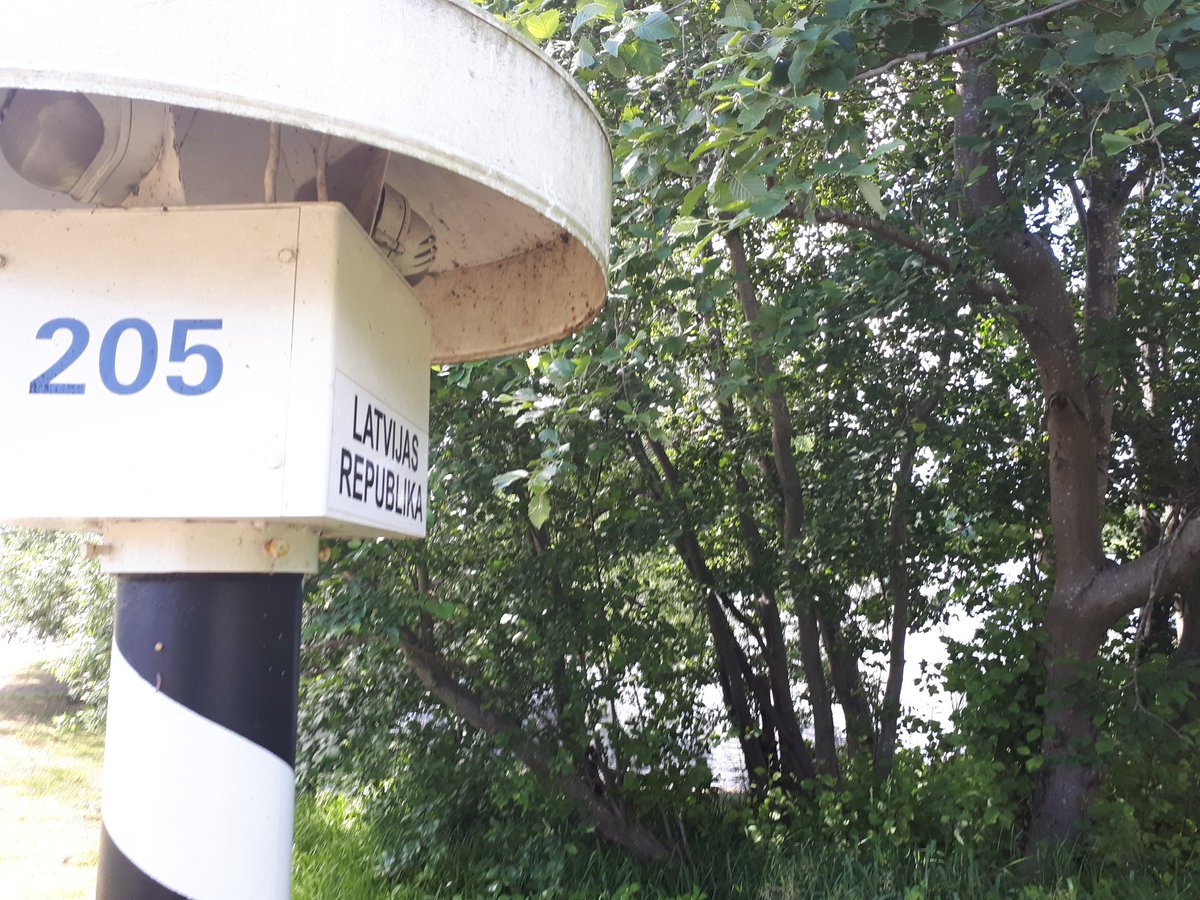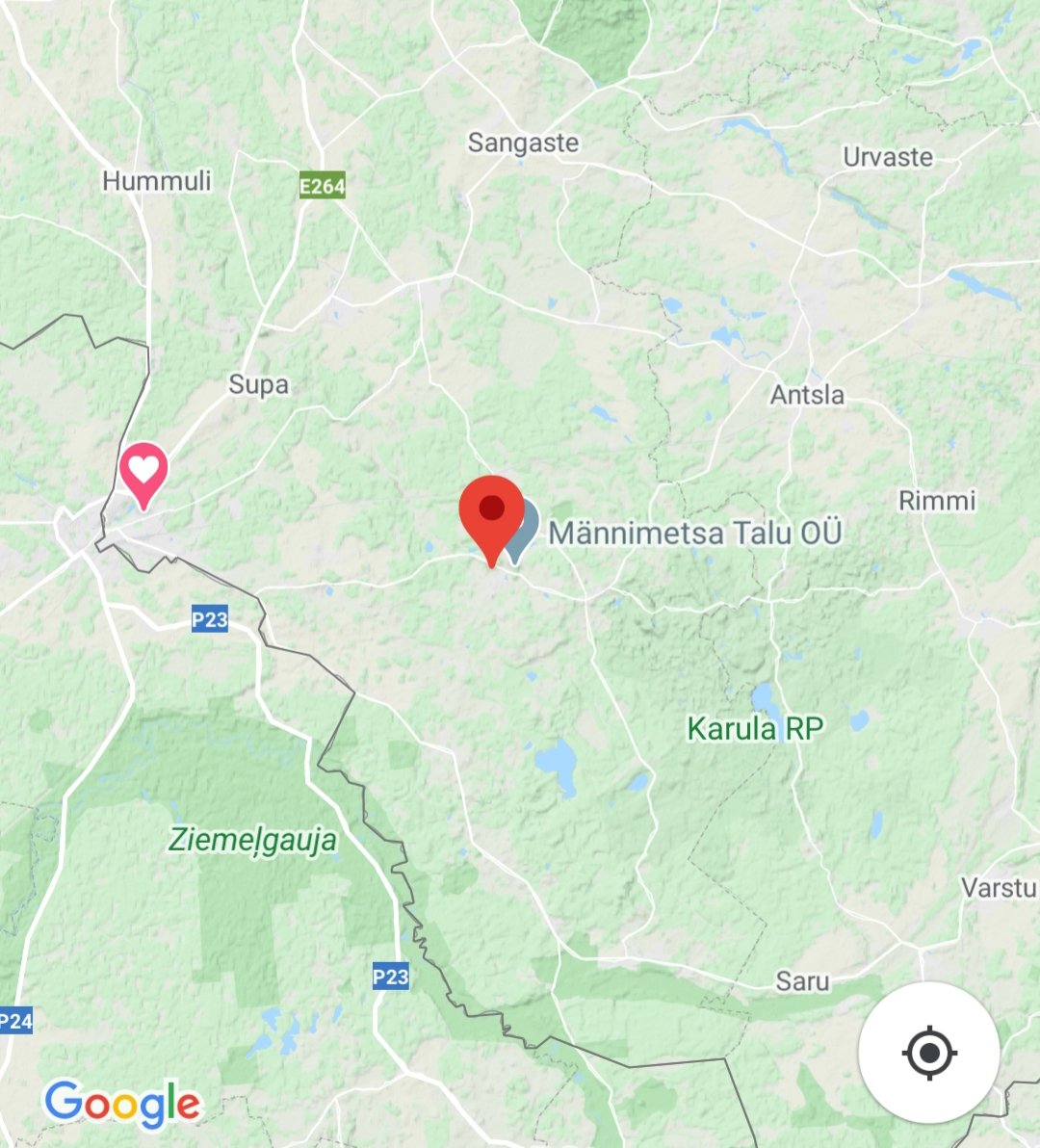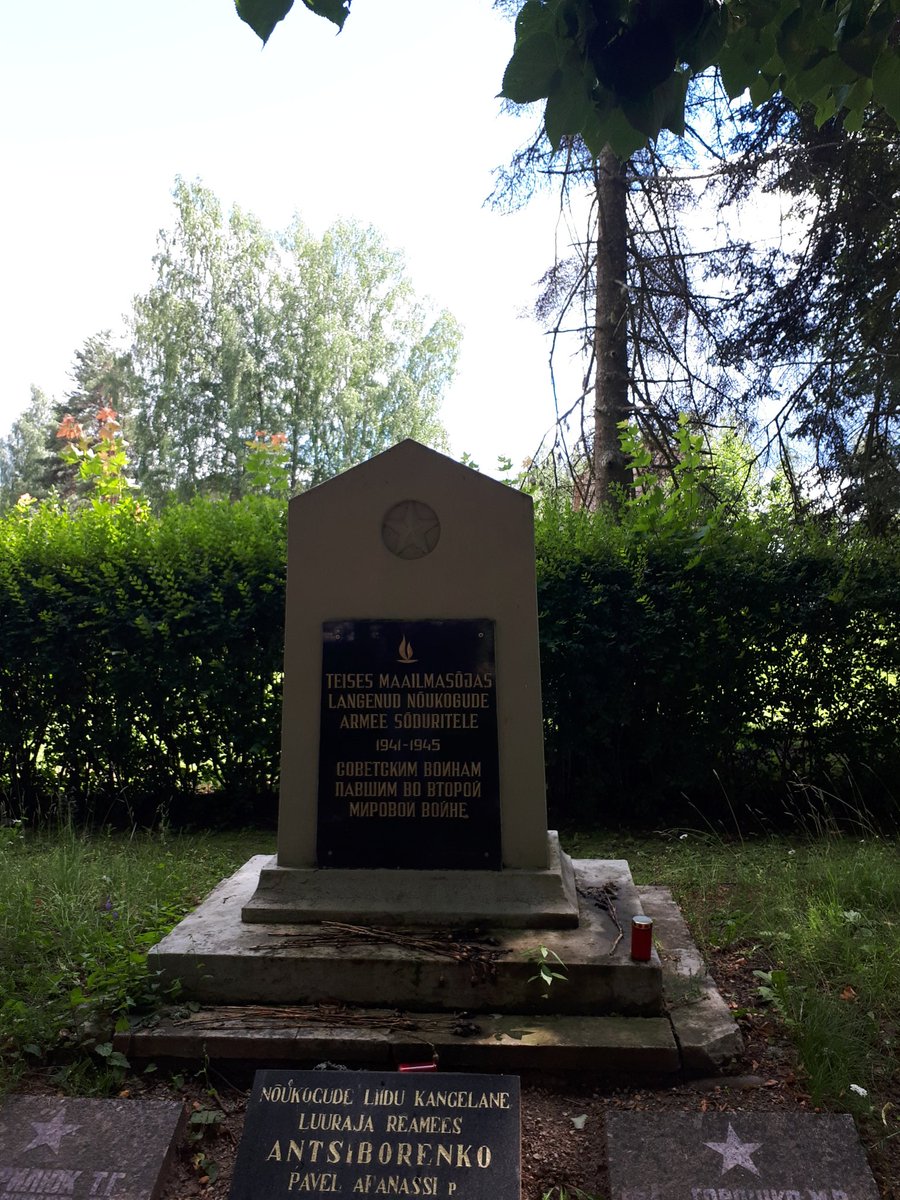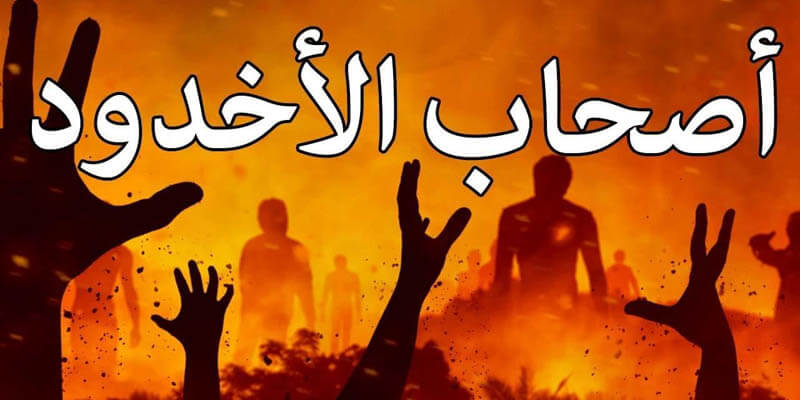We started our trip in #Valga on the Estonian-Latvian border, with the border running literally through its center. The town had a large German community before WWII. Now the linguistic border is quite sharp, with Estonian being spoken on the one side and Latvian on the other. 







Afterwards we headed east, following the Latvian-Estonian border for a few kilometers before heading northeast. After a while we stumbled upon this gorgeous Orthodox church, which was originally built in 1847 and rebuilt btw 1875 and 1877. 



After the Soviet annexation the local parish was shut down, and this church was used as a warehouse for the local kolkhoz (collective farm). The parish was reinstated in the 90s, but the church is still boarded up and -- apart from these paintings -- empty. 

Our next stop was Karula, where we visited a local monument to "the fallen heroes of the Soviet Union", who were slain here during WWII The memorial is maintained by the Russian embassy, and though there was a discussion to remove the monument in the 80s, they decided "whatever" 





In Karula we found the ruins of this church, dating to the 15th century, first mentioned in 1532; then burned in 1624, rebuilt, burned again in 1701; completely restored in 1835 and 1936, but finally shelled in 1944 and then left in ruins. A new church was built beside it. 





Apart from these historical marks, the main reason people visit the area is due to its beautiful nature. This is why Karula is one of Estonia's national parks: 







• • •
Missing some Tweet in this thread? You can try to
force a refresh





















